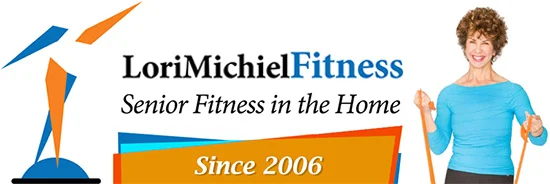Imagine waking up, ready to go, then within minutes your plan is thwarted because you tweaked, twisted or just ran out of steam. It can happen to any of us. Here are a few guidelines I teach my trainers and recommend to my clients.
Balance it out
1. All balanced fitness programs should include elements of resistance/weight training, a cardio component (see reference below), flexibility/stretch and balance. Based on your personal preference and goals, you can emphasize any of these options, but totally ignoring any one of them will not provide a balanced fitness program. Some carefully planned circuit training can combine all three elements.
2. Don’t do marathon workout sessions. Generally, anything over an hour in a gym is too much. An hour or a bit less will do, provided that it is time, spent training, not standing around talking. Yes, I know my husband’s hero, Jack LaLanne, is said to have done two-hour-plus workouts into his nineties. But this is probably not you. He was one in a million.
3. Cross training can be fun because changes to your routine will keep things fun and less boring if you are not used to an exercise program. Also, overuse wear-and-tear is less likely than when doing the same movements over-and-over, month-after-month, year-after-year.
4. Select exercise programs that appeal to you; experiment with different options. For example, small group exercise programs are just the right option for some people.
5. Strength training can be accomplished using weights or resistance bands. If using resistance bands, make sure they are in good condition. You don’t want to experience the band backlash that took out Harry Reed last January.
Playing it Safe
Remember to do gradual progressions, follow an expert’s advice and the current guidelines from The American Council of Sports Medicine (ACSM) and American Heart Association (AHA). They recommend if older adults cannot do 150 minutes of moderate-intensity aerobic activity per week (that’s about 30 minutes, five days a week) because of chronic conditions, they should be as physically active as their abilities and conditions allow. In other words, do a little something every day. Shorter durations, such as a 10, 15 or a 20-minute plan is a fine way to start.
A final note
There is no consensus in the literature about aging regarding when old age begins. There are no specific guidelines about the minimum age of participants in these studies. The ACSM/AHA physical activity and public health recommendations for older adults suggest that, in most cases, “old age” guidelines apply to individuals aged 65 years or older, but they can also be relevant for adults aged 50-64 years with clinically significant chronic conditions or functional limitations that affect movement ability, fitness or physical activity.
As I have always said, I train clients who are 50-Plus or feel 50-Plus. Now I see I was right in how I described our aging friends. Call me at 818-620-1442 if I can design a fun and safe program for you or someone you care about. For more information, go to www.lorimichielfitness.com.
